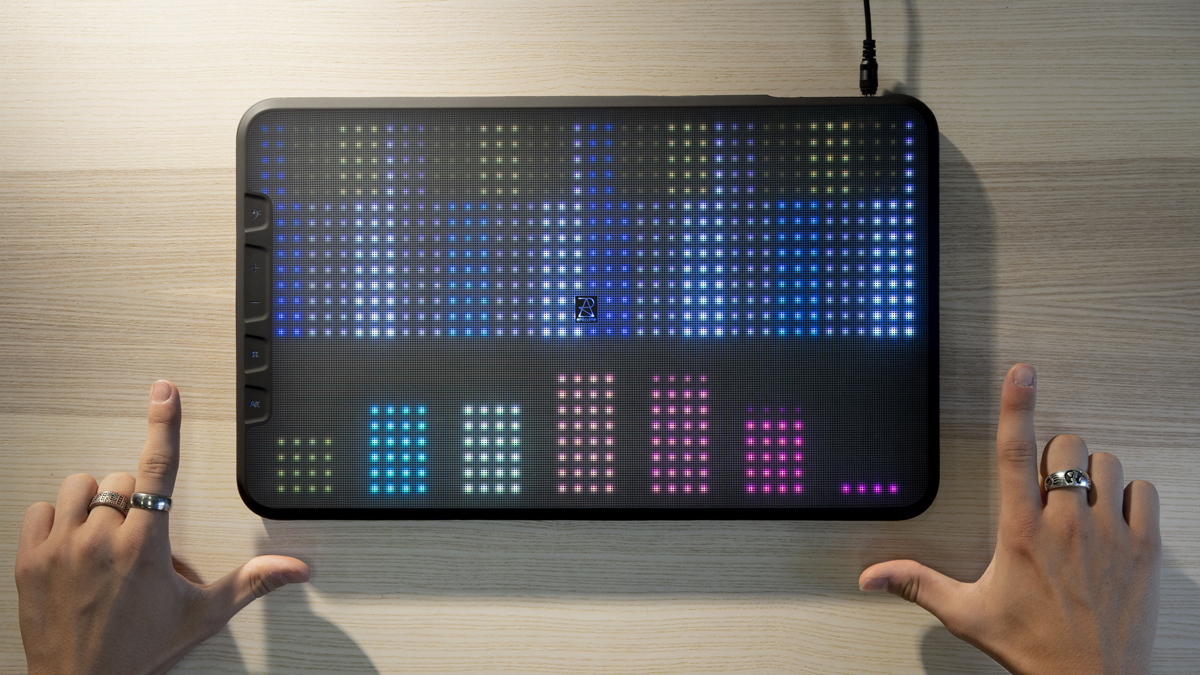What’s the difference between MPE and MIDI 2.0?
Two next-gen standards, so how do they compare?

If you keep an eye on developments in music technology, you’ve no doubt spotted a couple of terms cropping up with increasing regularity in recent years, one being MPE and another MIDI 2.0.
Seeing as both are, on the surface, updates to the standard MIDI format we’ve been using to control hardware and plugins for decades, you’d be forgiven for thinking they’re one and the same. In reality though, they have little to do with one another.
So, what’s the difference?
MPE is basically a simple extension to standard MIDI, using the exact same tools as any regular MIDI control setup, albeit giving each note its own MIDI channel, allowing individual notes to be treated like distinct instruments. As drum machine legend and Linnstrument designer Roger Linn put it when he spoke to MusicRadar, “It’s existed since the beginning of MIDI in the form of what they called MIDI Mode 4.”
MIDI 2.0, on the other hand, is a major change to the entire MIDI spec (although it will remain backwards compatible) promising more precise articulation and pitch control, as well as increased flexibility in how MIDI devices can communicate with one another.
While we won’t get bogged down in the technicalities here, benefits of MIDI 2.0 will include the ability to have devices communicate bi-directionally through a single cable, the ability to share configuration ‘profiles’ for devices via a MIDI lead, as well as smoother control changes and tighter timing.
Technically then, MIDI 2.0 is the bigger change, although users won’t notice a sudden difference. As Linn says, “The vast majority of what people really want to do has already been made possible by MIDI 1.0. This industry moves very slowly, and we have a lot of small developers who don’t have the resources to support every standard, so MIDI 2.0 might take a long time before it is widely in use.”
Get the MusicRadar Newsletter
Want all the hottest music and gear news, reviews, deals, features and more, direct to your inbox? Sign up here.
Conversely, while MPE is built on the original specification, its implementation in controllers and synth design immediately lets musicians do new and interesting things.
While the two developments are different, fortunately neither runs contrary to the other - the arrival of MIDI 2.0 will benefit MPE controllers as much as any other MIDI device, without necessarily ever superseding them.
Future Music is the number one magazine for today's producers. Packed with technique and technology we'll help you make great new music. All-access artist interviews, in-depth gear reviews, essential production tutorials and much more. Every marvellous monthly edition features reliable reviews of the latest and greatest hardware and software technology and techniques, unparalleled advice, in-depth interviews, sensational free samples and so much more to improve the experience and outcome of your music-making.










